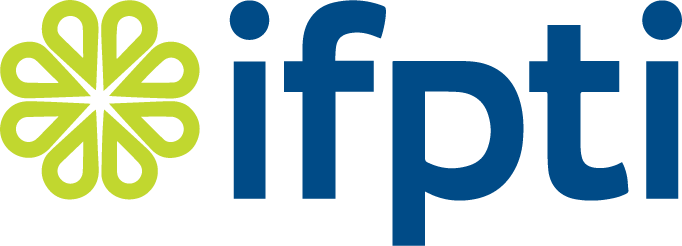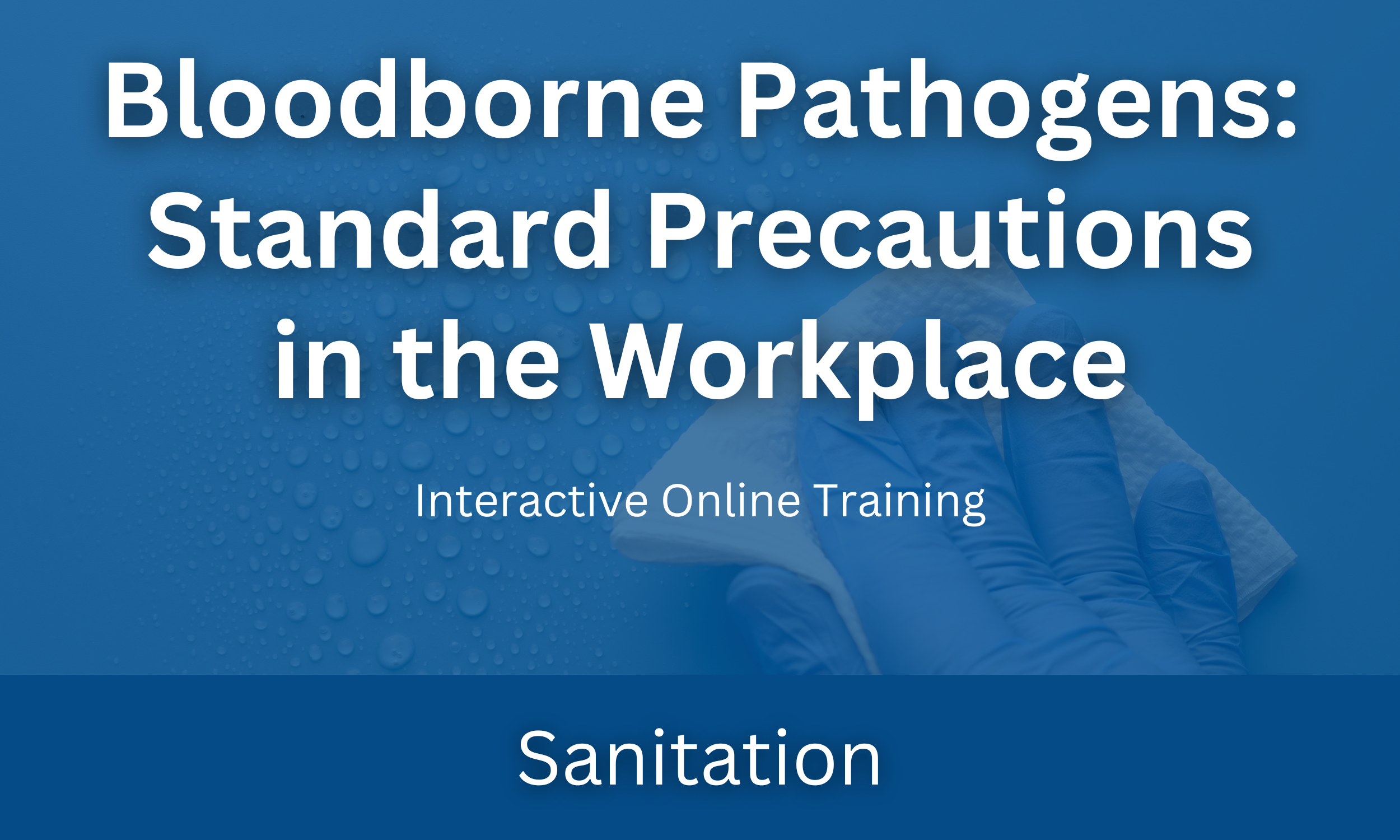 Image 1 of 2
Image 1 of 2

 Image 2 of 2
Image 2 of 2



Hazard Communication: GHS Labeling Requirements
Have you ever wondered what lies behind the colorful symbols and coded sentences on chemical containers? Are you able to decode the signs and use the information to protect yourself and others in your workplace? If you're not sure, it's time to learn! Understanding GHS labeling isn't just about compliance—it's about safety. The Globally Harmonized System (GHS) is an internationally agreed-upon system for hazard communication, created by the United Nations.
This intricate language of hazard symbols and statements is designed to protect workers involved in the handling, storage, and transportation of hazardous materials across industries. It's an integral part of the Occupational Safety and Health Administration's (OSHA) Hazard Communication Standard (HazCom 2012), 29 CFR 1910.1200, and 29 CFR 1926.59. This course will guide you through the history, purpose, and key components of GHS labeling. You'll gain a comprehensive understanding of the seven core elements of GHS labels and the nine hazard pictograms. We'll walk you through practical examples to help you interpret labels accurately, and apply this knowledge in your day-to-day operations. We'll also briefly cover the labeling requirements for different types of containers—original, secondary, and small—and how they apply at each step, from manufacturing and transportation to end use.
Whether you're in construction, manufacturing, healthcare, or any industry that relies on hazardous chemicals to do their work, mastering the GHS labeling system is a crucial skill for workplace safety. So, if you're an employer striving to ensure workplace safety, an employee handling hazardous substances, or a safety professional seeking to upgrade your knowledge base, this course is designed for you. Start your journey toward more effective hazard communication today, because understanding the language of GHS labels is not just a regulatory requirement—it's a lifesaver.
Please use the Firefox browser to access this resource after enrollment.
Duration: 26 minutes
Have you ever wondered what lies behind the colorful symbols and coded sentences on chemical containers? Are you able to decode the signs and use the information to protect yourself and others in your workplace? If you're not sure, it's time to learn! Understanding GHS labeling isn't just about compliance—it's about safety. The Globally Harmonized System (GHS) is an internationally agreed-upon system for hazard communication, created by the United Nations.
This intricate language of hazard symbols and statements is designed to protect workers involved in the handling, storage, and transportation of hazardous materials across industries. It's an integral part of the Occupational Safety and Health Administration's (OSHA) Hazard Communication Standard (HazCom 2012), 29 CFR 1910.1200, and 29 CFR 1926.59. This course will guide you through the history, purpose, and key components of GHS labeling. You'll gain a comprehensive understanding of the seven core elements of GHS labels and the nine hazard pictograms. We'll walk you through practical examples to help you interpret labels accurately, and apply this knowledge in your day-to-day operations. We'll also briefly cover the labeling requirements for different types of containers—original, secondary, and small—and how they apply at each step, from manufacturing and transportation to end use.
Whether you're in construction, manufacturing, healthcare, or any industry that relies on hazardous chemicals to do their work, mastering the GHS labeling system is a crucial skill for workplace safety. So, if you're an employer striving to ensure workplace safety, an employee handling hazardous substances, or a safety professional seeking to upgrade your knowledge base, this course is designed for you. Start your journey toward more effective hazard communication today, because understanding the language of GHS labels is not just a regulatory requirement—it's a lifesaver.
Please use the Firefox browser to access this resource after enrollment.
Duration: 26 minutes












